

KGS Home > Geology of Kentucky
Massive Wackestone
The most visible lithology in many Fort Payne buildups in Kentucky is the thick, massive gray limestone above the core shale (Fig. 1.). Krause and Meyer (2004) termed this the massive fenestrate bryozoan-coral-crinoidal wackestone facies. Knox and Stapor (2003) called it the massive wackestone-packestone facies. Herein it is labeled massive wackestone for short. Wackestones are types of limestone. They are fine-grained, mud-supported limestones with more grains than a mudstone (more than 10%), but less grains than a packstone. In the Lake Cumberland area, accumulations of this facies tend to have a sharp, concave upper surface, and a sharp, concave to undulose base, which generally conforms to the paleotopography of the underlying green core shale, heterolithic limestone and shale, and shaly packstone facies. The base of the massive wackestone facies may truncate underlying facies.
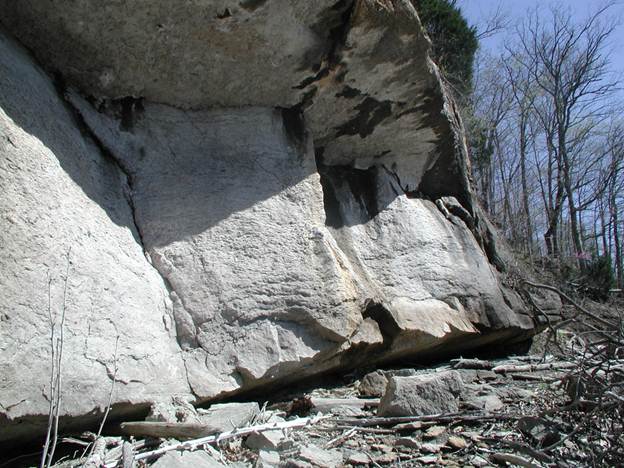
Figure 1. Thick gray limestone of the massive wackestone facies.
Lower contact is sharp and facies is inclined above green core shale (covered).
The gray carbonate in this facies is truly massive in appearance (Fig. 2), although faint bedding can be seen locally and in weathered outcrops. Deformed bedding and internal discontinuities are sometimes visible downdip in this facies.
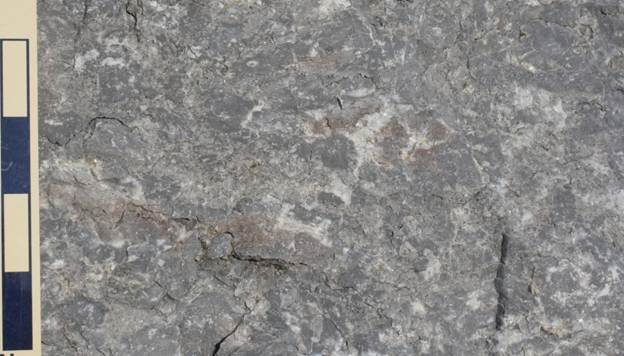
Figure 2. Detail of gray massive wackestone. Scale is in inches.
In Kentucky, outcrops of massive wackestone facies are circular to elliptical in plan view, 50 to 70 ft in height and 300 to 600 ft in width (Meyer and Ausich, 1992; Krausse and Meyer, 2004). This facies is thinner in some Tennessee buildups (Knox and Stapor, 2003). The massive wackestone facies may completely drape the underlying core shale, or may only occur on the flanks of the core shale. The wackestone is poorly bedded (massive appearing) throughout. At many locations, large vugs and pores occur, similar to stromatactus cavities (Fig. 3). Stromatactus cavities are irregular cavities or pores, which are several inches in length. They tend to have flat bottoms and irregular tops, and are typical of Mississippian Waulsortian-type mounds. Downdip, parts of this facies may show evidence of internal slumping or soft-sediment deformation (Fig. 4). The fauna of the massive wackestone facies is dominated by fenestrate bryozoans, auloporid corals, and several genera of echinoderms, but a wide range of fossils have been reported (Fig. 5)(Meyer and Ausich, 1992; Krause and Meyer, 2004).
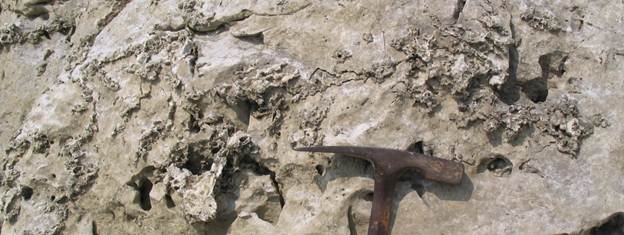
Figure 3. Vugs similar in appearance to stromatactus cavities in massive wackestone in Fort Payne buildups.
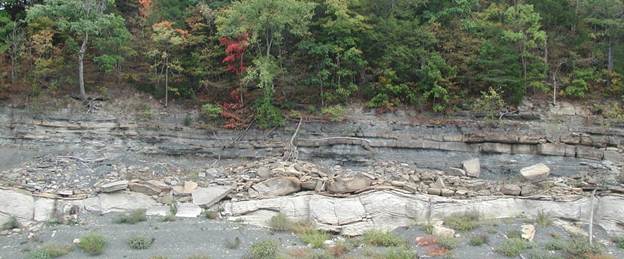
Figure 4. Downdip folding of massive wackestone facies on the flanks of a Fort Payne buildup.
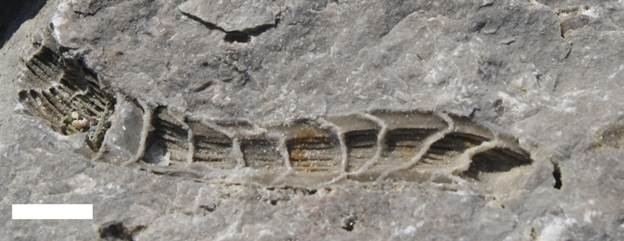
Figure 5. Rugose coral fossil in massive wackestone. White bar equals one inch.
Knox and Stapor (2003) considered the green core shale to be the main upward-building part of the buildups. In contrast, other reports have considered the overlying massive wackstone facies to be the main growth component of the mounds (Ausich and Meyer, 1990; Krause and Meyer, 2004).
Back to Typical Facies of Fort Payne Buildups
Continueto Coarse Crinoidal Grainstones
Back to top of Geology of the Fort Payne Formation